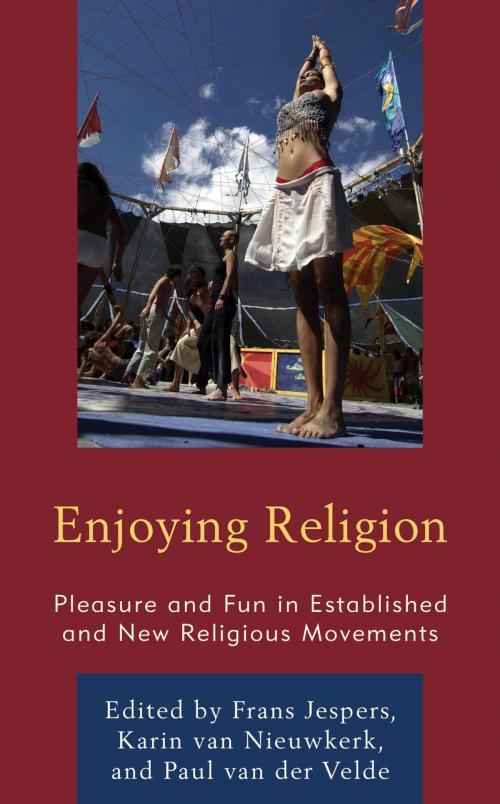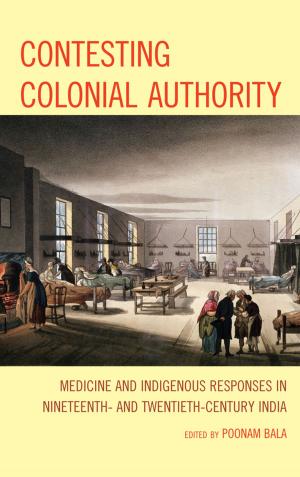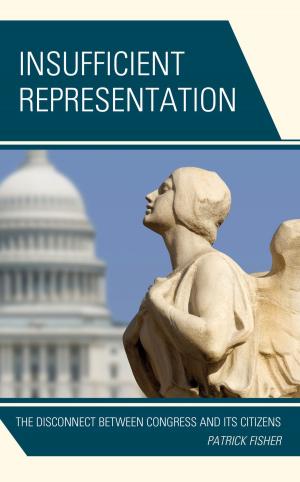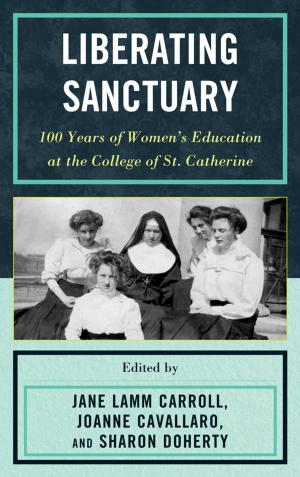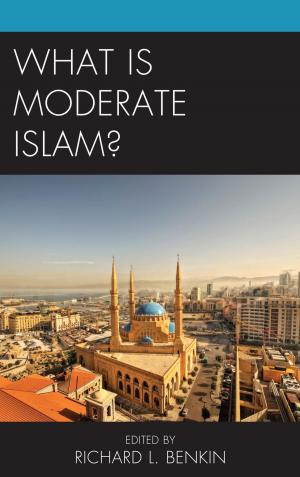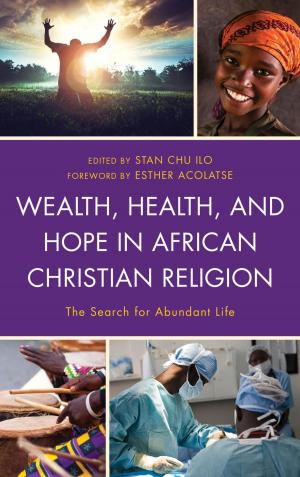Enjoying Religion
Pleasure and Fun in Established and New Religious Movements
Nonfiction, Social & Cultural Studies, Social Science, Sociology, Marriage & Family, Religion & Spirituality, Reference, Comparative Religion, Eastern Religions, Zen Buddhism| Author: | James S. Bielo, Carole M. Cusack, François Gauthier, Ingvild Sælid Gilhus, Frans Jespers, Lisbeth Mikaelsson, Catrien Notermans, Paul van der Velde, Karin van Nieuwkerk, Jean-Pierre Wils | ISBN: | 9781498555029 |
| Publisher: | Lexington Books | Publication: | August 15, 2018 |
| Imprint: | Lexington Books | Language: | English |
| Author: | James S. Bielo, Carole M. Cusack, François Gauthier, Ingvild Sælid Gilhus, Frans Jespers, Lisbeth Mikaelsson, Catrien Notermans, Paul van der Velde, Karin van Nieuwkerk, Jean-Pierre Wils |
| ISBN: | 9781498555029 |
| Publisher: | Lexington Books |
| Publication: | August 15, 2018 |
| Imprint: | Lexington Books |
| Language: | English |
“Enjoying religion” seems to be a contradiction because religion is generally perceived as a serious or even suppressive phenomenon. This volume is the first to study the increase of enjoying religion systematically by presenting eleven new case studies, occurring on four continents. The volume concludes that in our late modern secular societies the enjoyment of religion or of its loose elements is growing. In particular when scholars concentrate on “lived religion” of ordinary people, the cheerful experiences appear to prevail. Many people use pleasant (elements of) religion to add meaning to their lives, to find spiritual fulfillment or a way to salvation, and to experience belonging to a larger unity. At the same time, diverse cultural dynamics of late modern society such as popular culture, commercialization, re-enchantment, and feminization influence this trend of enjoying religion. In spite of secularization, playing with religion appears to be attractive.
“Enjoying religion” seems to be a contradiction because religion is generally perceived as a serious or even suppressive phenomenon. This volume is the first to study the increase of enjoying religion systematically by presenting eleven new case studies, occurring on four continents. The volume concludes that in our late modern secular societies the enjoyment of religion or of its loose elements is growing. In particular when scholars concentrate on “lived religion” of ordinary people, the cheerful experiences appear to prevail. Many people use pleasant (elements of) religion to add meaning to their lives, to find spiritual fulfillment or a way to salvation, and to experience belonging to a larger unity. At the same time, diverse cultural dynamics of late modern society such as popular culture, commercialization, re-enchantment, and feminization influence this trend of enjoying religion. In spite of secularization, playing with religion appears to be attractive.
